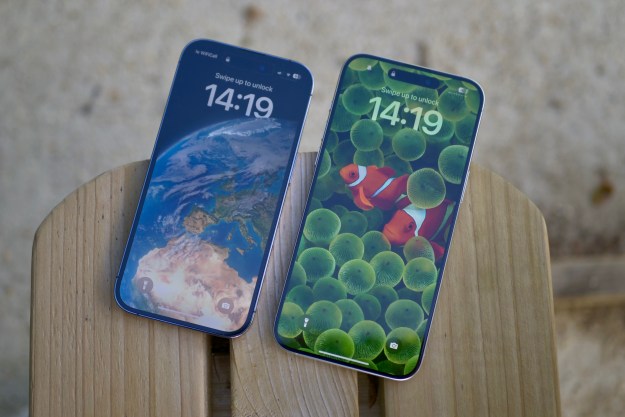
In a surprising development, Apple has announced substantial changes to the way to company handle applications submitted to its App Store for iPhone and iPad applications. First, Apple has published the guidelines its review personnel use to determine whether an submitted application is eligible for the App Store…a;though those guidelines are only accessible to developers who have signed a non-disclosure agreement with Apple. Second, Apple is relaxing restrictions on the use of third-party tools to create iPhone/iPad apps: developers can now use third-party tools—perhaps including Adobe Flash CS5—to create apps, so long as those apps do not download any code.
“We are continually trying to make the App Store even better. We have listened to our developers and taken much of their feedback to heart,” Apple wrote in a statement.
Apple’s moves mark a substantial change for the way it has been running the App Store and guarding its iOS platform. Publishing the applications guidelines used by its review process should go a long way to eliminating developer confusion over the seemingly arbitrary nature of Apple’s acceptance and rejection of applications.
Since the App Store launched in June 2008, developers have had no way of knowing if their application would be accepted for publication in the App Store until after they’d put all the work into development: in cases of apps developers may feel are on the borderline of acceptability, that might have prevented acceptable applications from being developed at all. With published guidelines, developers should be able to have a good idea of whether their app idea will fly before they start development. (Hint to developers: Apple’s guidelines actually say “We don’t need any more Fart apps.”)
Apple also announced it is forming an App Review Board, to which developers can appeal rejections if they believe their application’s functionality or technology has been “misunderstood.”
Apple is also easing restrictions on the use of third-party development tools to create iOS app—a move that might clear the way for developers to create apps for the iPhone using Adobe Flash CS5. (Note this is not the same as letting Flash run on the iPhone.) When Apple debuted iOS4 back in April (then called iPhone OS 4), it unveiled restrictive terms in its developer program license that prohibited developers from using third-party application development tools or middleware to create iOS applications. In an open letter later that month, Apple CEO Steve Jobs said Apple did not want the iOS platform to be “at the mercy” of third party development tools. Apple has not changed those provisions to permit the use of third-party development tools, so long as the applications do not download code to iOS devices.
“This should give developers the flexibility they want, while preserving the security we need,” Apple wrote.
Overall, the changes seemed aimed at keeping the “curated” App Store as a compelling publishing opportunity for mobile application developers—particularly now that Apple is facing actual competition in the mobile application arena from the Android Market…where pretty much anything goes.
The move may also spur Adobe to reactivate its Flash-to-iPhone app development tools (which it abandoned in place last April) and may shut down an FTC antitrust inquiry into Apple’s licensing restrictions.
Editors' Recommendations
- The Apple Watch is the best iPhone camera accessory you didn’t know you needed
- When will Apple release iOS 18? Here’s what we know
- The best iPhone keyboard apps in 2024: our 12 favorites
- This is when Apple will finally release its new 2024 iPads
- How to find and use transcripts in Apple Podcasts


